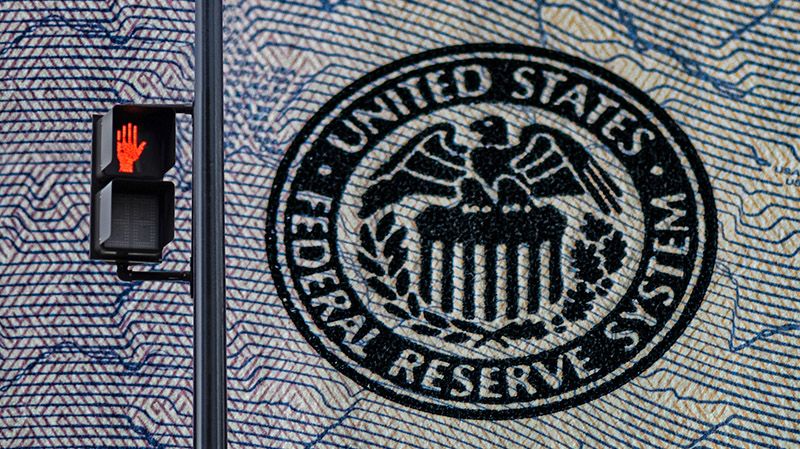Industry commentators react to Fed rate hold
The Federal Reserve maintained a target federal funds rate range of 5.25% to 5.5% in its June announcement, following a lower than anticipated inflation reading on 12 June.
While yesterday’s US CPI inflation reading came in at 3.3% year-on-year to May, lower than the expected 3.4%, chair Jerome Powell reiterated the 2% goal. In June’s Fed statement, the committee stated that it “does not expect it will be appropriate to reduce the target range until it has gained greater confidence that inflation is moving sustainably toward 2%”.
Julian Howard, chief multi-asset investment strategist at GAM Investments, said the decision reflected the “lack of consensus” around the future of inflation.
“While US headline CPI has fallen from its 9.1% peak in June 2022 to 3.3% today, the uncomfortable reality is that the ‘mid-threes’ is where inflation appears to have got stuck since the summer of 2023,” Howard said.
“For the Fed this is uniquely frustrating, since central bank credibility hinges on neat narratives which it can provide the wider market. But, having got unstuck by insisting on inflation being transitory in 2021-22, it is now on the threshold of another credibility challenge having declared that the path was clear for rates to ease at the end of 2023. Today that path is far from clear given the stubborn inflation picture.”
See also: ECB cuts interest rates for the first time in five years
Seema Shah, chief global strategist at Principal Asset Management, said: “After today’s soft CPI print, investors would be forgiven for being shocked by the dot plot having lost not just one cut, but two!
“A key question for Powell will be, did the FOMC know the inflation print before they submitted their projections? If they did, that maybe implies that they need more than three months of softer inflation prints before they can be convinced to cut rates.”
Whitney Watson, co-chief investment officer and co-head of fixed income and liquidity solutions at Goldman Sachs Asset Management, said the dot plot results showed a “hawkish turn” by policy makers.
“While the slowdown in core CPI inflation may ease some of the hawkish market sentiments spurred by last Friday’s robust jobs data, the Fed’s path to a rate cut hinges on continued inflation easing and further labour market rebalancing,” Watson said.
“Recent economic data and signals from policymakers underscore the intricate challenges in determining the exact timing for policy shifts, underscoring the importance of a flexible and dynamic investment approach.”
‘Great deal of unknowns’
Richard Carter, head of fixed interest research at Quilter Cheviot, said while the dot plot “helped paint a clearer picture” for the Fed this year, “there remain a great deal of unknowns”.
“For now, GDP growth is weakening, inflation has a way to go before it hits target, and the labour market is showing mixed signals, so its decision-making process is unlikely to be made easier any time soon. What’s more, the upcoming election campaign could further affect the Fed’s thinking, though history suggests that if the economy were to demand it, the Fed would continue to act regardless,” Carted said.
“Ultimately, though the Fed still appears to be heading closer to its first rate cut, it will no doubt tread carefully for fear of cutting too much too quickly which could prove disastrous. The European Central Bank might have fired the starting gun last week but the Fed has not been so quick off the mark, and the Bank of England is unlikely to be either.”







